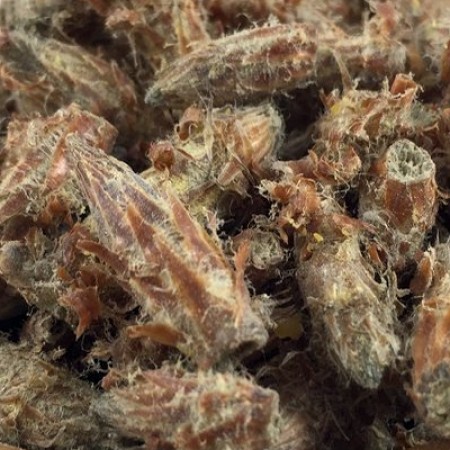PINE BUDS
Product Name: PINE BUDS
Botanic Name: Pinus Sylvestris
The Scots Pine (Pinus sylvestris L.; family Pinaceae) is a species of pine native to Europe and Asia, ranging from Ireland, Great Britain and Portugal in the west, east to eastern Siberia, south to the Caucasus Mountains, and as far north as well inside the Arctic circle in Scandinavia (including Lapland). In the north of its range, it occurs from sea level to 1,000 m, while in the south of its range, it is a high altitude mountain tree, growing at 1,200-2,600 m altitude. It was one of the first trees introduced to North America, in about 1600. Scots Pine is an important tree in forestry. The wood is used for pulp and sawn timber products. A seedling stand can be created by planting, sowing or natural regeneration. Commercial plantation rotations vary between 50-120 years, with longer rotations in northeastern areas where growth is slower. In Finland, Scots Pine was used for making tar in the pre-industrial age. There are still some active tar producers, but mostly the industry has ceased to exist. The wood is pale brown to red-brown, and used for general construction work. It has a dry density of around 470 kg/m (varying with growth conditions), an open porosity of 60%, a fibre saturation point of 0.25 kg/kg and a saturation moisture content of 1.60 kg/kg. Scots Pine has also been widely planted in New Zealand and much of the colder regions of North America; it is listed as an invasive species in some areas there, including Ontario and Wisconsin. It has been widely used in the United States for the Christmas tree trade, and was one of the most popular Christmas trees from the 1950s through the 1980s. It remains popular for that usage, though it has been eclipsed in popularity, by such species as Fraser Fir, Douglas Fir, and others. Despite its invasiveness in parts of eastern North America, Scots Pine does not often grow well there, partly due to climate and soil differences between its native habitat and that of North America, and partly due to damage by pests and diseases; the tree often grows in a twisted, haphazard manner if not tended to (as they are in the Christmas tree trade).Scots pines are killed by the pinewood nematode, which causes pine wilt disease. The nematode most often attacks tress that are at least ten years old and often kills invaded trees within a few weeks














